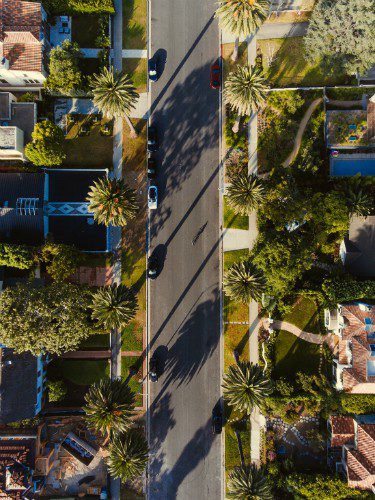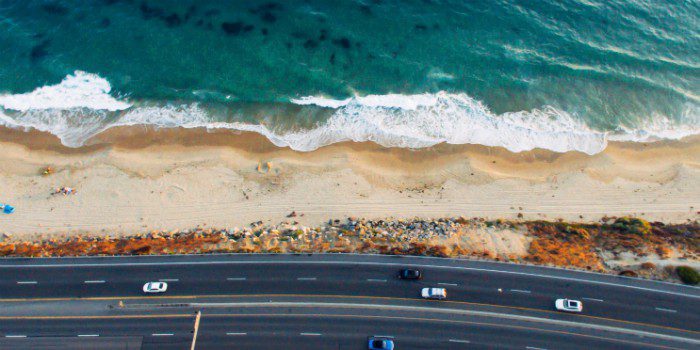WATER USE: IT’S COMPLICATED
It’s no secret that water supply, water rights, and water use are complex issues in the state of California. But more broadly speaking, how does water use in California measure up against other states?
According to the UCGS, the United States as a whole used over 321,500 million gallons of water across all sectors – thermoelectric, irrigation, public, and industrial – each day in 2015. That same year, the state of California used over 28,700 million gallons of water per day, making it responsible for nearly 9 percent of the nation’s water use and the highest total water user of any state.
Lotta people, lotta water
With over 39 million residents, California is also the most populous state in the US, and is home to almost 12 percent of America’s population. So, though it uses more water than any other state, California’s water use at least seems somewhat proportionate to the number of Americans it holds. Other high water use states include Texas, Idaho, and Florida. (Idaho uses a fraction of what California does for public water supply, but almost matches California in agricultural water use, putting it up in the rankings with far more populous states in terms of overall water use.)
85 big ones


As far as per capita residential water use is concerned, California is pretty middle of the road with around 85 gallons of water used per person per day. Nevada comes in with the dubious first place record of an average of 190 gallons per person per day, whereas Maine uses just 54 gallons. Western states as a whole tend to use more residential water than their eastern counterparts, which is likely the result of climate differences butting up against a nationwide appetite for lush green landscapes regardless of average annual rainfall. While eastern states may largely be able to support water-intensive turfgrass with natural precipitation (Maine’s 42 inches of rainfall per year just about meet the inch per week water appetite of a lawn), western states that are still fixated on grass as a default ornamental landscape yet only receive inches of rain in the single digits or teens have to supplement rainfall with irrigation, which often means feeding lawns with drinking water and bumping up residential gallons per day.
Not all water supplies are created equal
Of course, the real food for thought in those per capita numbers comes from a serious contemplation of where each state gets their water. Two states could use the exact same amount of water, but if one state has access to lower-carbon local water supply (like stormwater capture, potable reuse, etc) and the other state is using energy-intensive supplies (like imported water and desalination) those two states are impacting the environment and climate very differently.
There are many factors to consider and moving parts to organize when thinking about water use. Population, water use sectors, agricultural yield, type of supply, energy impact of supply…the list goes on. But one thing remains pretty straightforward: When everything boils down, using less water through conservation and efficiency is the cheapest, most sustainable way to reduce our water and energy footprints.
FURTHER READING AND EXPLORATION:
https://owi.usgs.gov/vizlab/water-use-15/#view=USA&category=total














